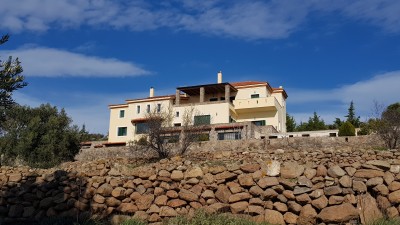
ATHENS BNB
A man travels the world over in search of what he needs and returns home to find it.
- George A. Moore -


Aristoteles Apartment

Central Athens Apartment

Zeus Apartment

Artemis studio

Apollo Spacious Apartment

Athina Downtown

Hermes Downtown

The White Flat

White House (Small)

Arcadia Downtown Apartment

Helios Downtown

La Minerva

Museum Cozy Apartment

Poseidon Apartment

Hippocrates Apartment

White House (Big)

The Acharnon Residence

Dionysus Loft

Acropolis 360 Athens

Villa Archangelos Aegina


 Français
Français  عربي
عربي 









